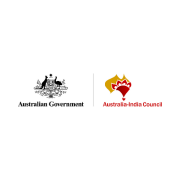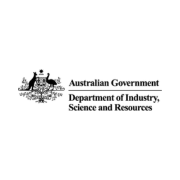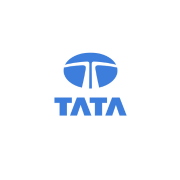Reduction of moisture in dispatched iron ore
This opportunity has now closed for submissions.
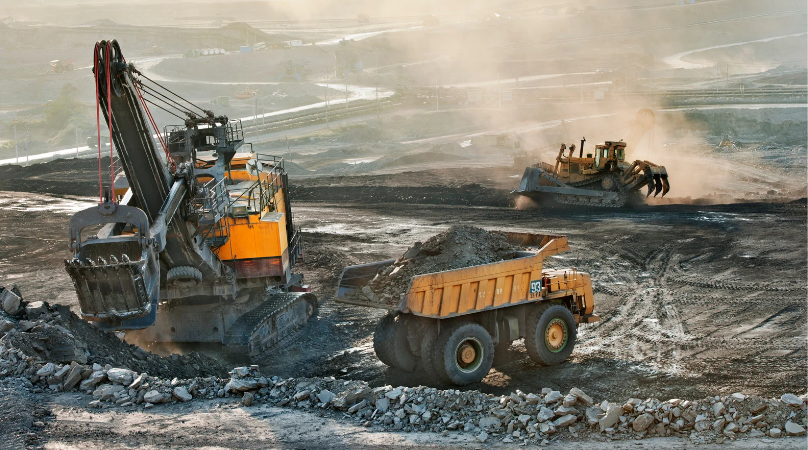
Headquartered in Mumbai, India, Tata Steel is one of the largest steel producing companies globally, with manufacturing plants and mining operations in 26 countries. Tata Steel operates open cast iron ore mines in Jharkhand, Odisha.
Extracted ore is crushed in three stages, and then goes through a size segregation and beneficiation process to remove the unwanted impurities. The beneficiation process is carried out through a wet process to produce calibrated lump ore (size 10 mm to 40 mm) & fines (size 0.15 mm to 10 mm).
However, Tata Steel is faced with a challenge of moisture remaining in the processed iron ore to an extent of 5-6% in lumps and 7-8% in fines. This increases to 12-15% in fines during rainy seasons.
The processed ore is transferred via conveyors and stored as stockpiles in bunkers. In some cases, it passes through a temporary storage unit called surge piles before being stored in the bunkers. From the bunkers, the ore is conveyed to the dispatch section and loaded onto railway wagons and transported out.
The high moisture content has significant implications for the transportation/shipping and conveying/handling of iron ore. There is less ore content and more moisture loaded per wagon or vessel that results in underloading, or overloading, and significant freight charges being incurred. This also causes problems during the unloading of iron ore due to reduced flowability especially when the moisture content is between 8-12%.
Attempts to reduce moisture, such as use of absorbents, stacking of ore for drainage and drying, and use of hot air blowers, were made in the past to reduce the moisture content in the dispatched ore. However, these approaches have not yielded promising results.
A solution is required to reduce the moisture content in the iron ore before dispatch so that Tata Steel can avoid instances of underloading or overloading, improve flowability rates, and reduce freight costs.
Several tonnes of iron ore undergo wet processing annually, so there is potential for significant cost savings through reducing moisture content. The final product is conveyed to the loading station at a rate of about 4000 tonnes/hour in which the moisture content must be reduced.
The proposed solution should be cost-effective and enable reduction in moisture content of the ore before it is dispatched.
Submission Period
Suppliers are invited to submit their short-form solution to the challenge by 19 August 2023 for evaluation by Austmine and Tata Steel.
A shortlisting process takes place and successful companies are invited to participate in phase 2.
Phase 2
Shortlisted suppliers will be invited to a technical briefing, where each supplier will be able to gain more information about the challenge from Tata Steel. This allows suppliers to refine their proposed solution prior to pitching to Tata Steel.
Following the technical briefing, suppliers will pitch their solution directly to Tata Steel online via Zoom breakout rooms. This provides the opportunity to ‘sell’ the solution, gain feedback from operational teams and field questions about the solution.
Phase 3
Following the Pitch Session, a final shortlisting of suppliers takes place. The remaining suppliers are invited to submit a formal technical and economic proposal to solving the challenge.
Winner Announced
Tata Steel will select the best fit solution/s for the challenge and the supplier will work directly with Tata Steel to trial the technology and implement the solution.
EOI Submission Deadline - 19 August 2023
Technical Briefing - 25 September 2023
Pitch Sessions - 29 September 2023
Final Proposal Deadline - 5 October 2023
Note that the above is an estimate and timelines can change.
Austmine is hosting this supply opportunity within the Australia-India Mining Innovation and Global Mining Challenge India Programs, supported by the Australia-India Council of DFAT and the Australian Government Department of Industry, Science & Resources.
Find more information about these programs here.
